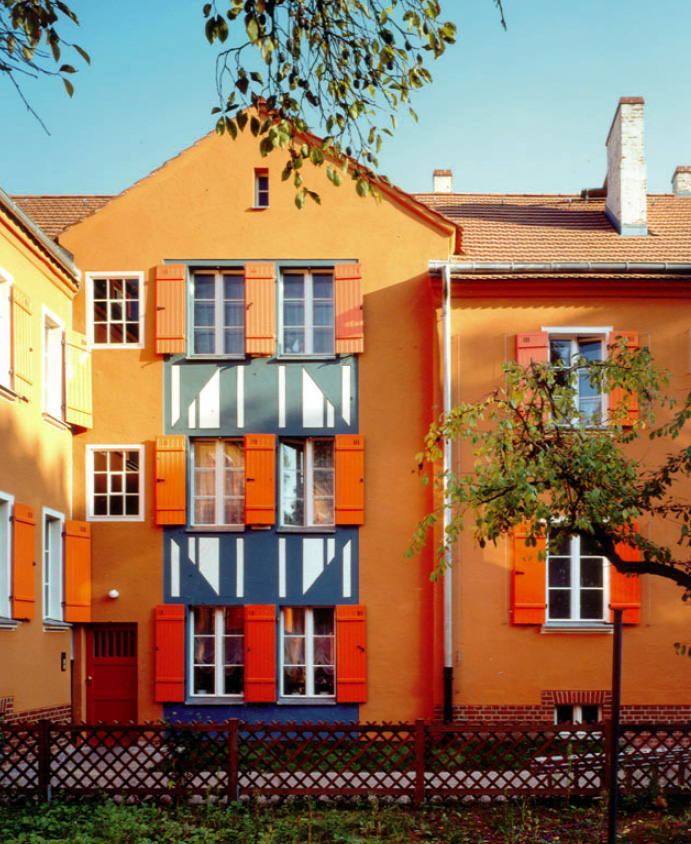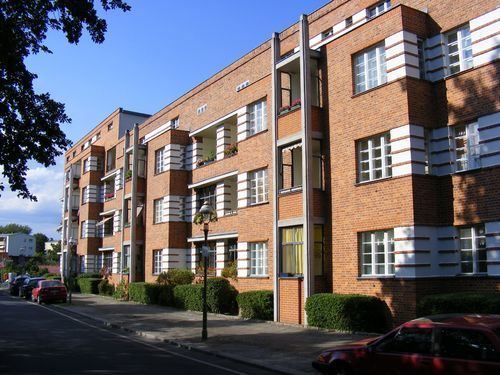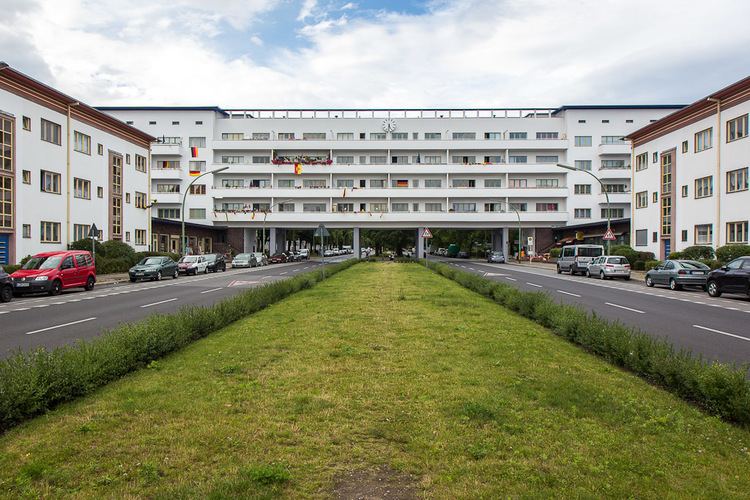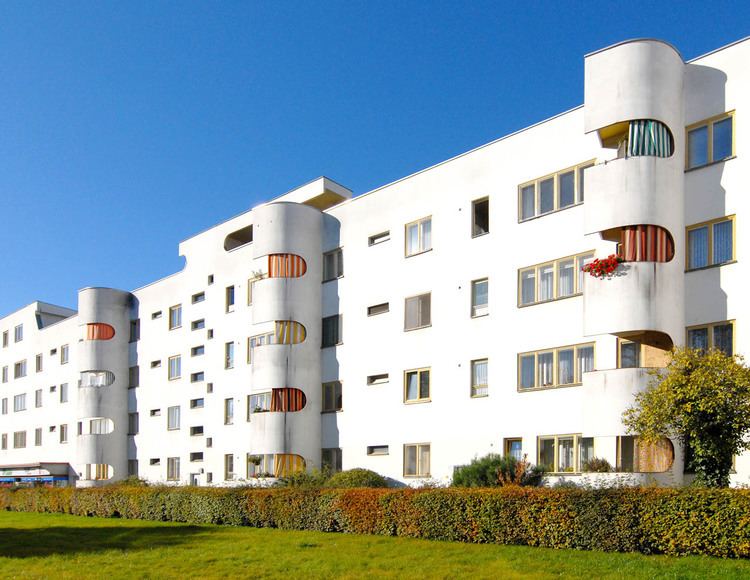Type Cultural Reference 1239 | Criteria ii, iv UNESCO World Heritage Site inscription 2008 | |
 | ||
UNESCO region Europe and North America Similar Großsiedlung Siemensstadt, Hufeisensiedlung, Wohnstadt Carl Legien, Maulbronn Monastery, Lorsch Abbey | ||
Berlin modernism housing estates unesco nhk
Berlin Modernism Housing Estates (German: Siedlungen der Berliner Moderne) are an ensemble of six subsidized housing estates from the early 20th century, listed as a UNESCO World Heritage Site. Dating mainly from the years of the Weimar Republic (1919–1933), when the city of Berlin was particularly progressive socially, politically and culturally, they are outstanding examples of the building reform movement that contributed to improving housing and living conditions for people with low incomes through novel approaches to architecture and urban planning. The estates also provide exceptional examples of new urban and architectural typologies, featuring fresh design solutions, as well as technical and aesthetic innovations.
Contents
- Berlin modernism housing estates unesco nhk
- Berlin modernism housing estates in 60 secs unesco world heritage
- References
Bruno Taut, Martin Wagner and Walter Gropius were among the leading architects of these projects which exercised considerable influence on the development of housing around the world.

Berlin modernism housing estates in 60 secs unesco world heritage



